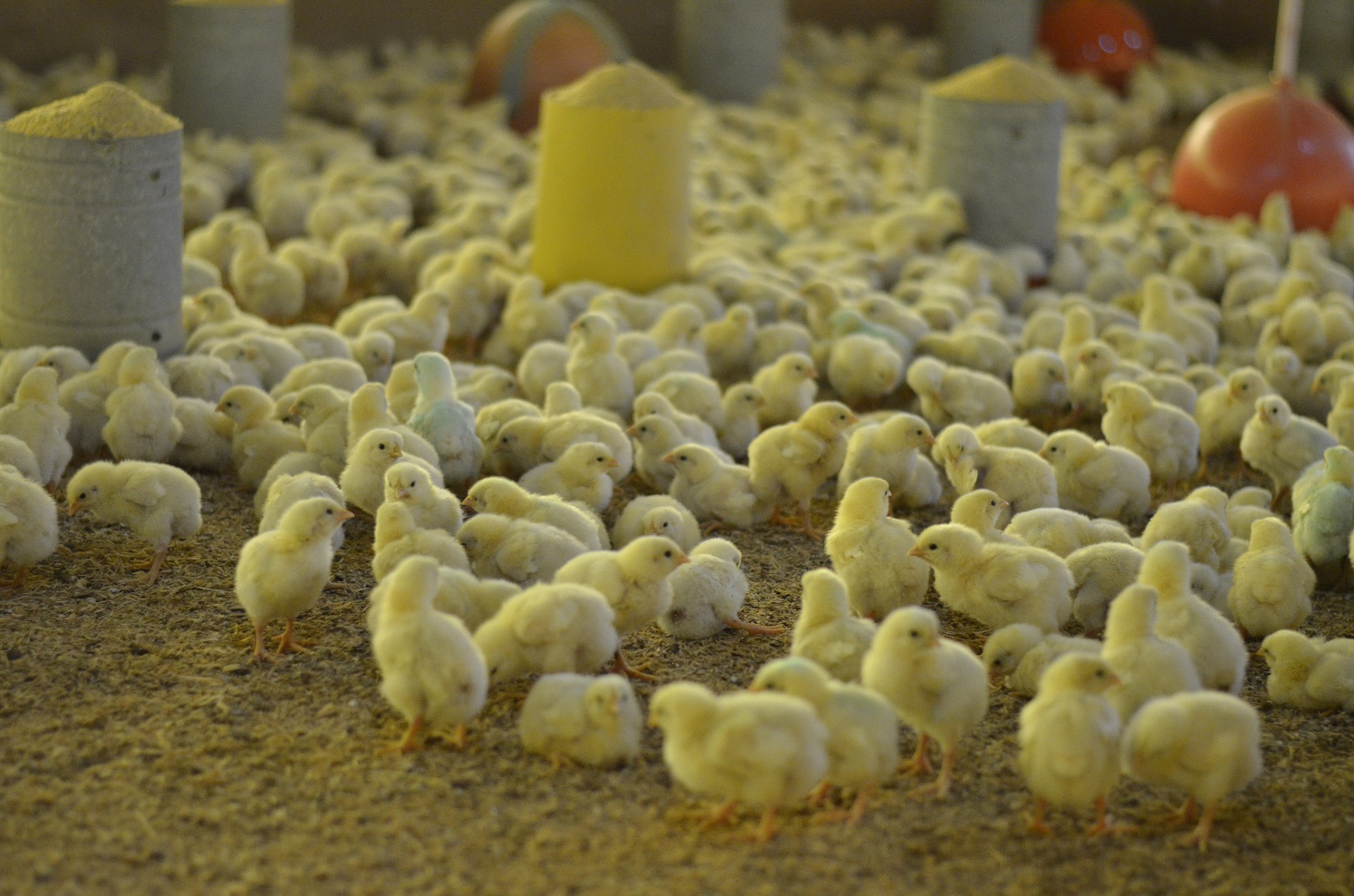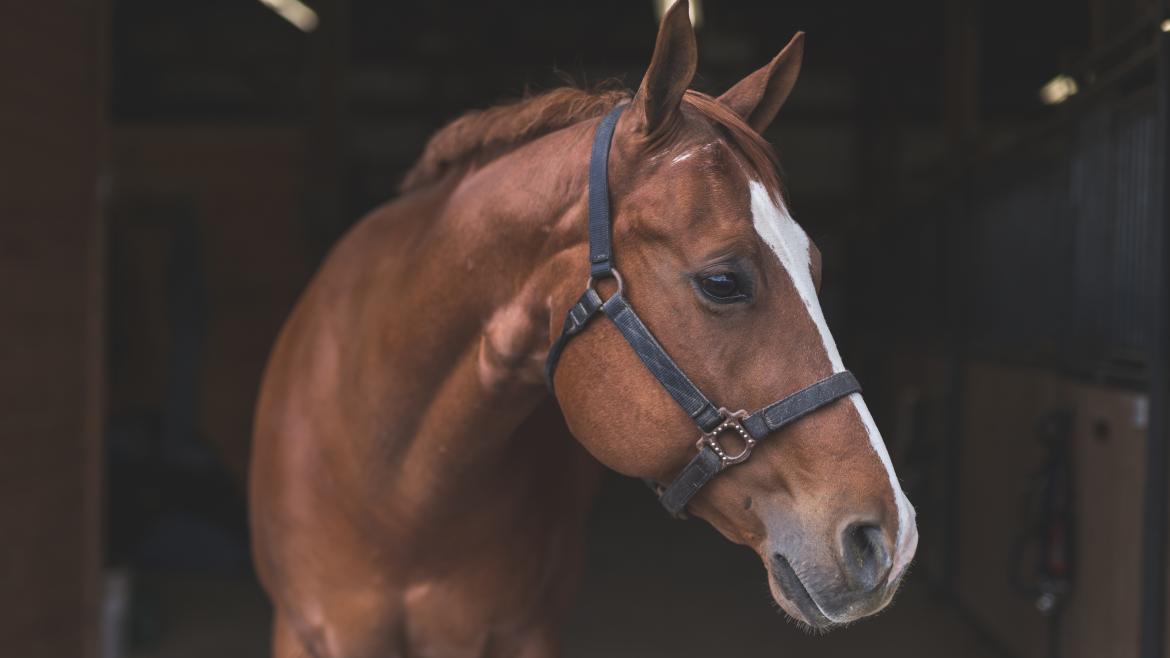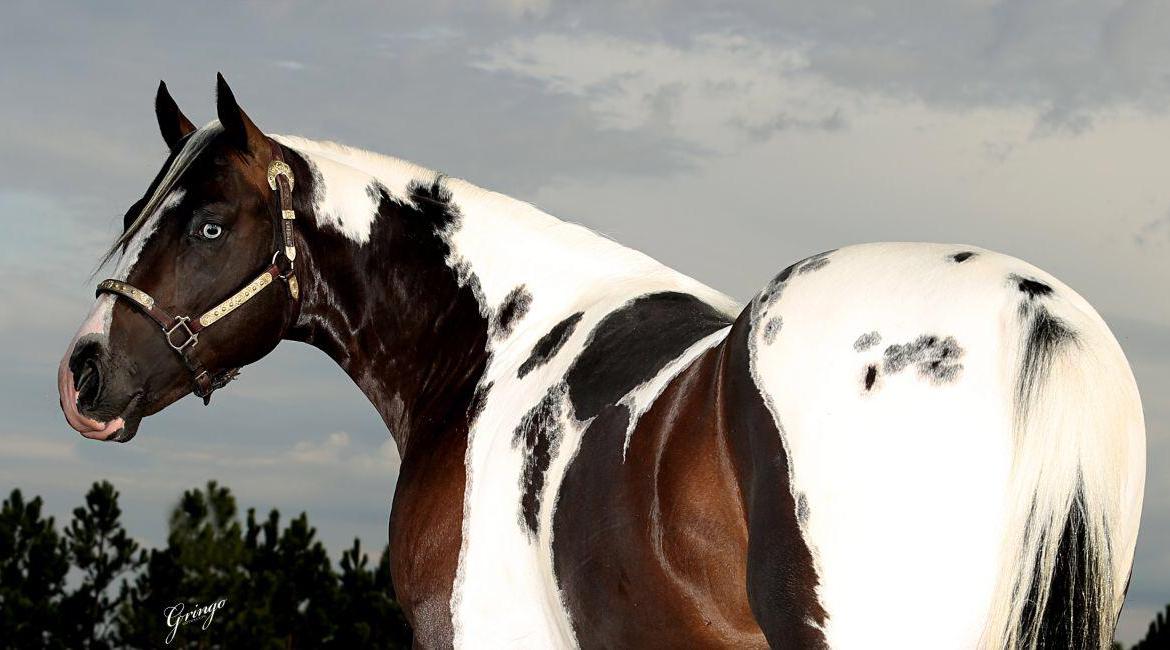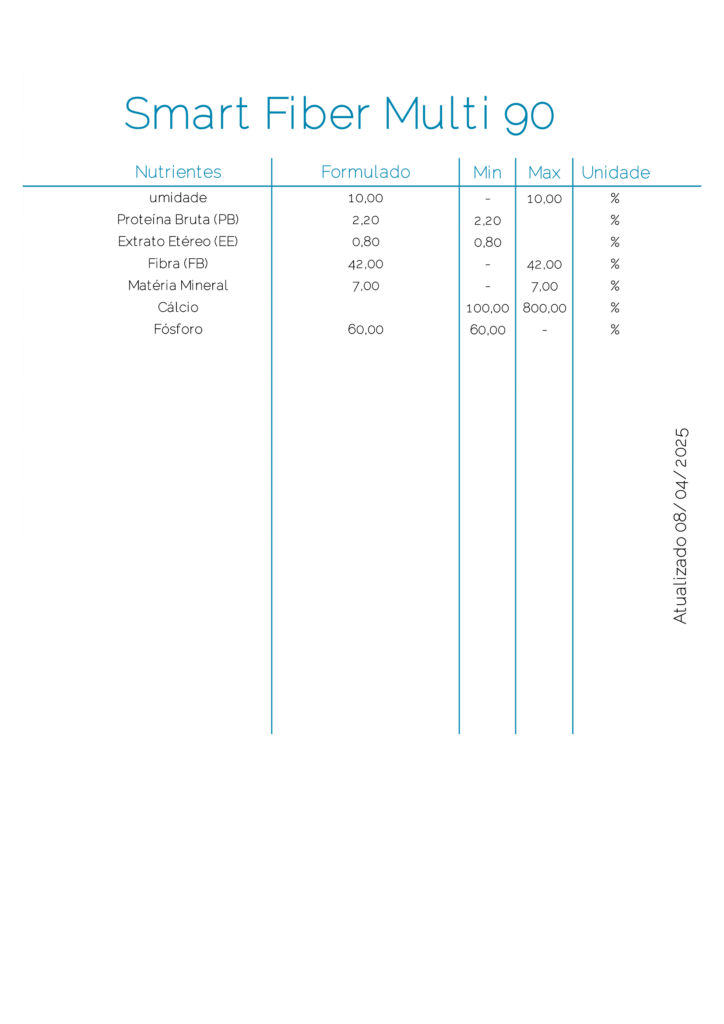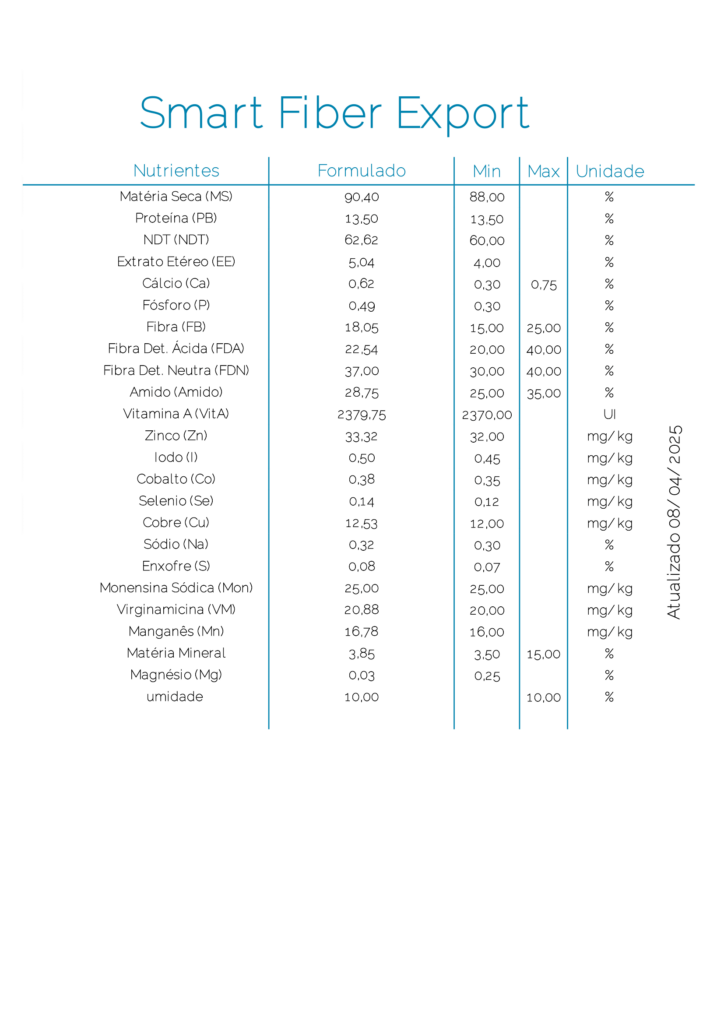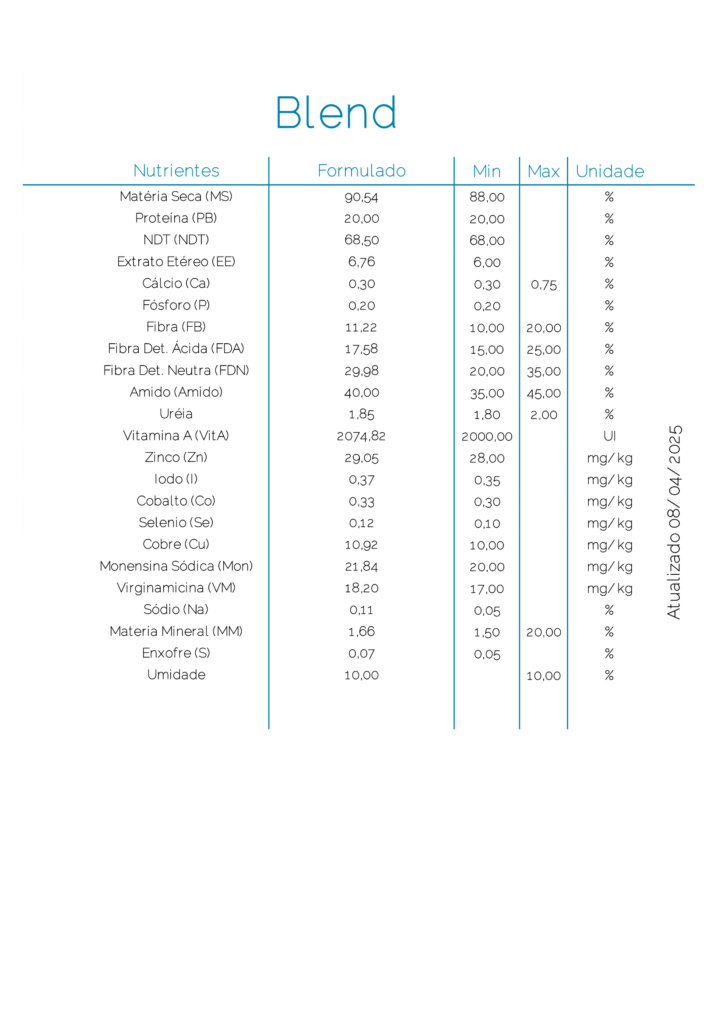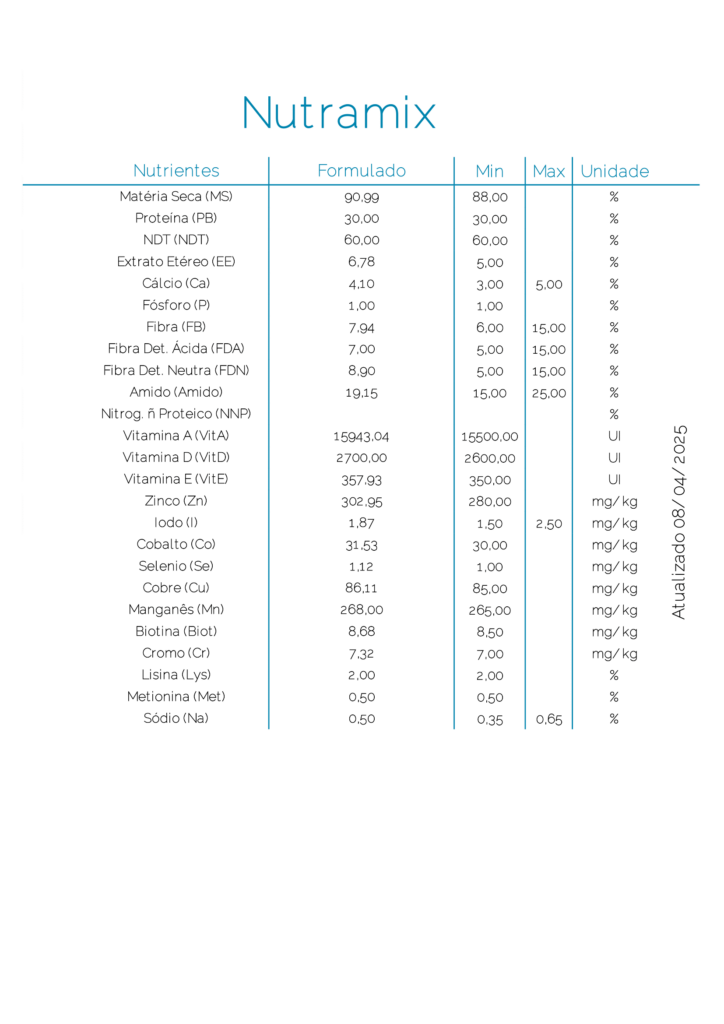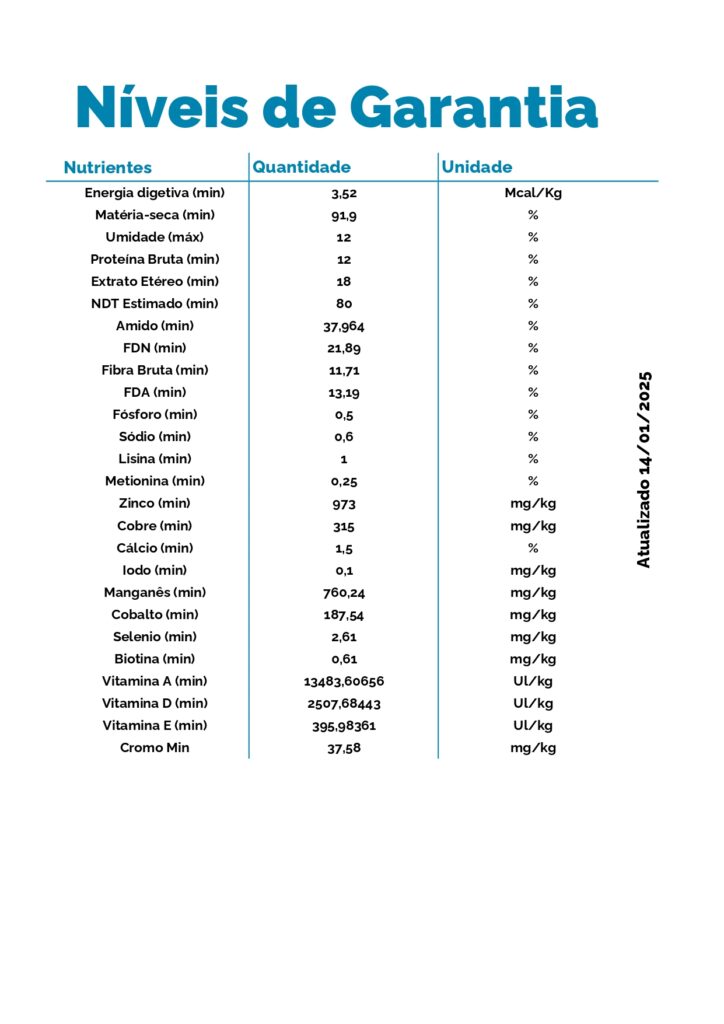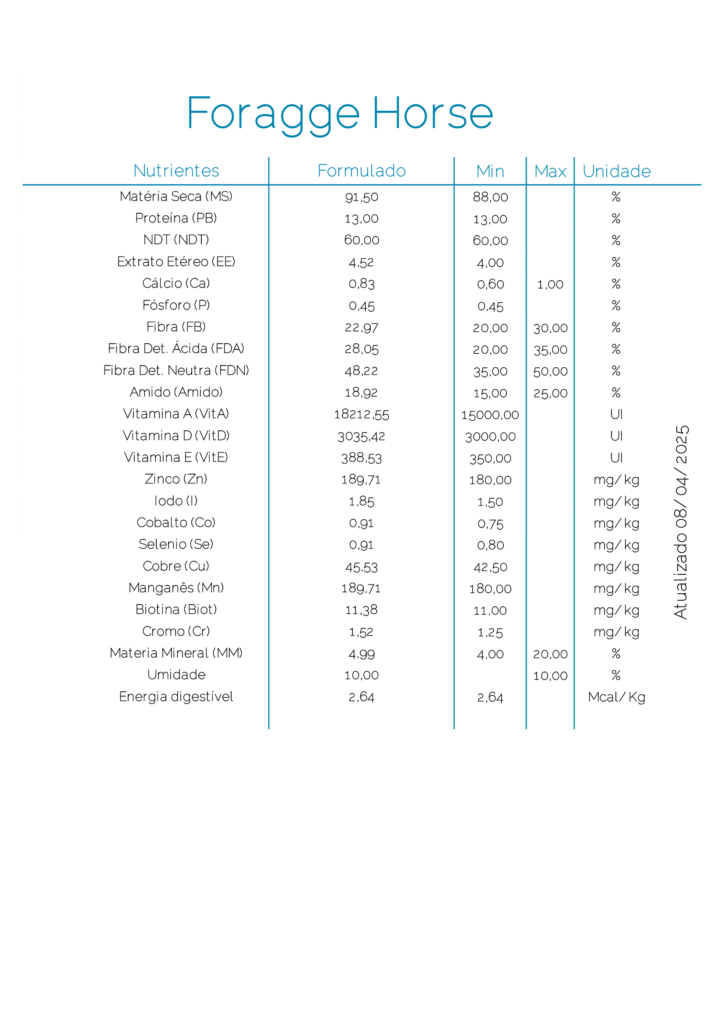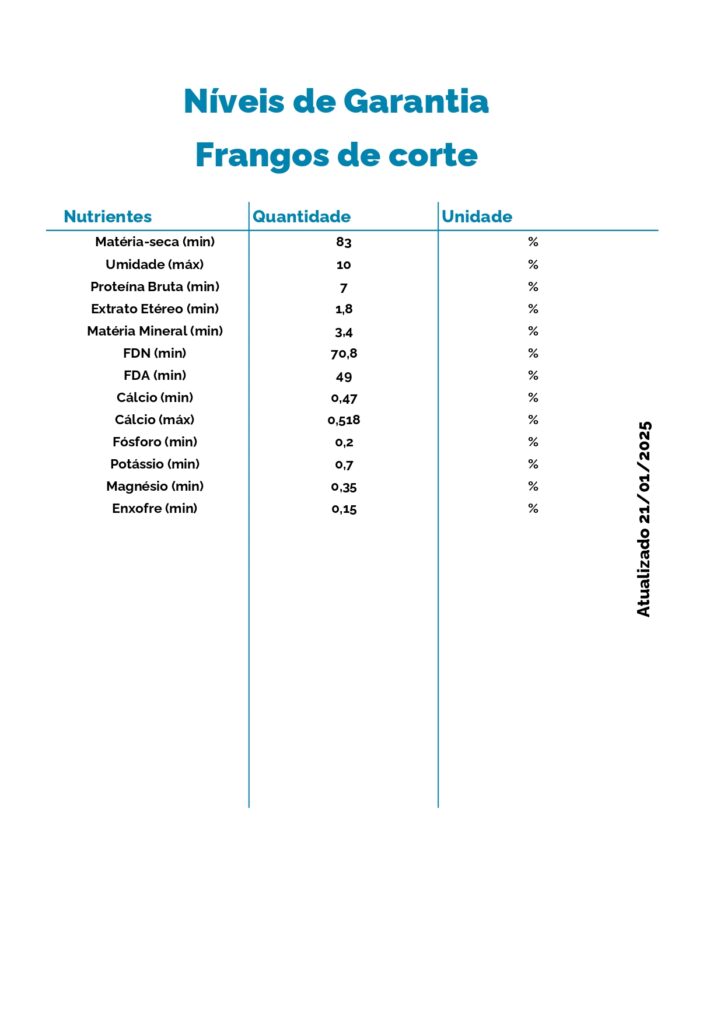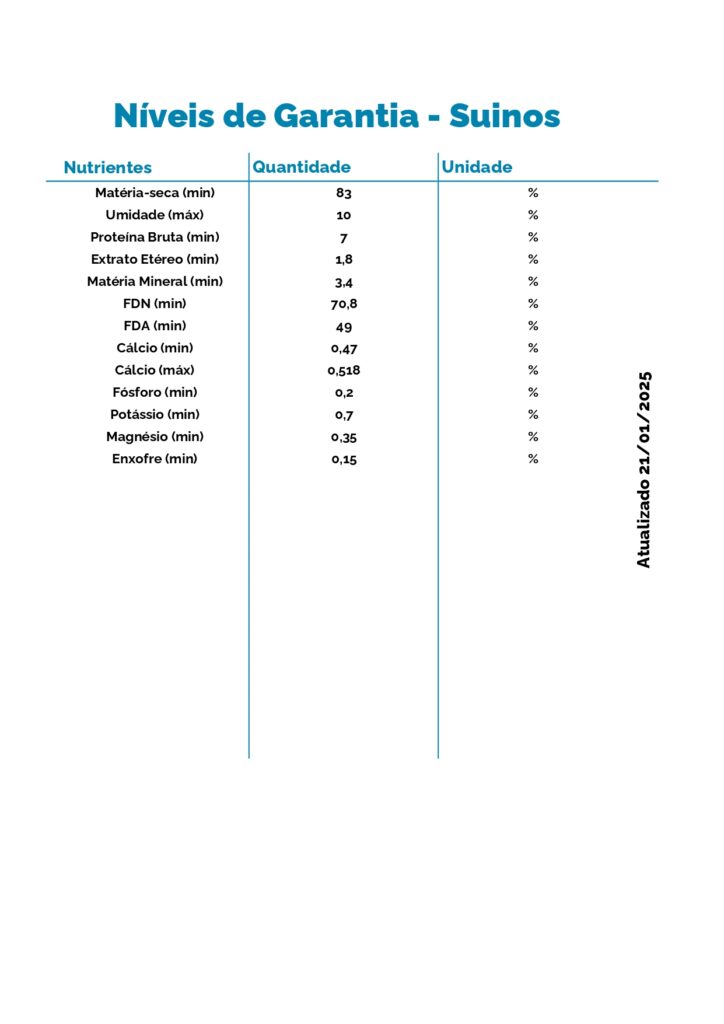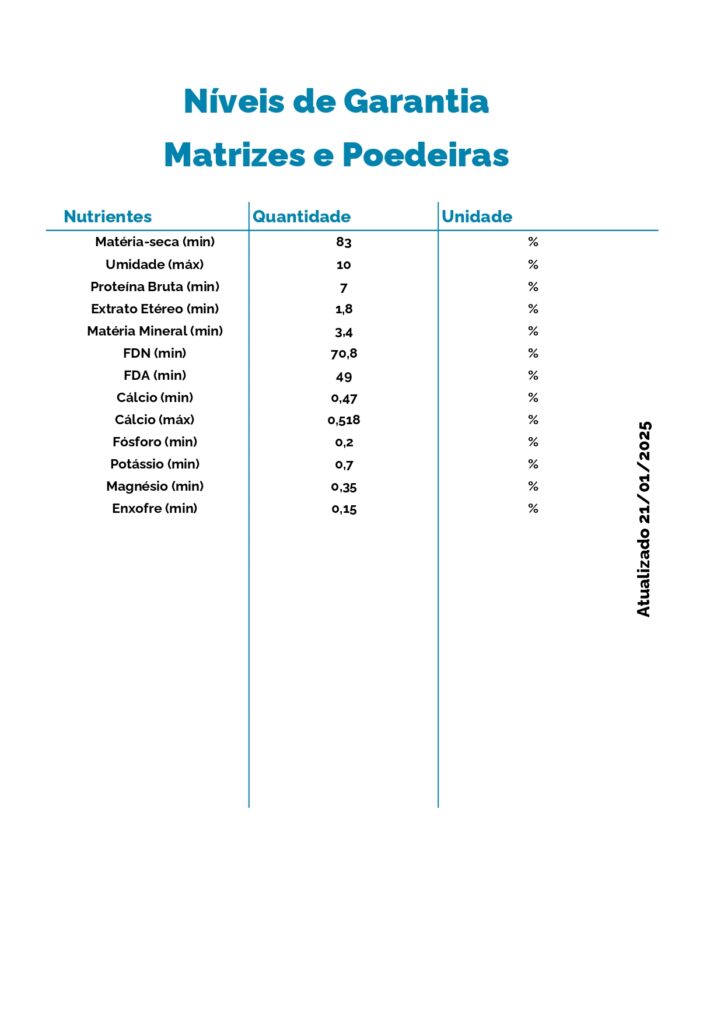Entenda as grandes tendências e o que fazer para se manter no jogo
A sensação é de que está cada vez mais difícil produzir leite e carne com qualidade e rentabilidade, mas nem para todos. O que está acontecendo?
Os países emergentes são mais vulneráveis a choques externos e instabilidade política (BIS, 2011). Em busca de maior crescimento, normalmente adotam políticas expansionistas mais agressivas, o que provoca distorções na relação entre oferta e demanda, e os leva a manter níveis de inflação mais elevados ao longo do tempo. Isto é um fator histórico em nosso país e não parece que será resolvido tão cedo. A falta de investimento em infraestrutura que temos no Brasil também é um fator que contribui para os altos custos de produção, mesmo se comparado a outros países do hemisfério sul.
Conjuntamente com este fator, um levantamento liderado pelo Ministério da Agricultura, concluiu que o aumento da produtividade agrícola, valorização do preço das commodities agrícolas e estímulo ao crédito rural para investimento levaram o preço médio das terras a uma valorização de mais de 300% de 2002 a 2013.
Estes fatores estão dificultando a vida do pecuarista, favorecendo os produtores maiores que investem em tecnologia e conseguem ser mais eficientes na gestão da propriedade, aumentando assim a concentração no mercado. Em épocas de crise, o “bolo” diminui para todo mundo, mas quem está preparado acaba ficando com uma fatia muito maior quando o bolo volta a crescer, ou seja, ficar na defensiva pode não ser a melhor estratégia. Mas e o futuro? Quais são as perspectivas?
Perspectivas futuras para o consumo de carne e leite
 Ao analisar um longo espaço de tempo vemos que há uma forte correlação do crescimento da renda familiar com o mercado de carne e leite. A produção mundial de carne cresceu 500% em 54 anos, de 1961 até 2015, partindo de uma base de pouco mais de 50 milhões de toneladas para quase 300 milhões de toneladas. Já a produção de leite, partiu de 482 milhões de toneladas em 1982 para um volume próximo de 800 milhões de toneladas em 2015, um crescimento de aproximadamente 66% em 33 anos, ambos segundo a Organização das Nações Unidas para Alimentação e Agricultura (FAO).
Ao analisar um longo espaço de tempo vemos que há uma forte correlação do crescimento da renda familiar com o mercado de carne e leite. A produção mundial de carne cresceu 500% em 54 anos, de 1961 até 2015, partindo de uma base de pouco mais de 50 milhões de toneladas para quase 300 milhões de toneladas. Já a produção de leite, partiu de 482 milhões de toneladas em 1982 para um volume próximo de 800 milhões de toneladas em 2015, um crescimento de aproximadamente 66% em 33 anos, ambos segundo a Organização das Nações Unidas para Alimentação e Agricultura (FAO).
Segundo a ONU, hoje temos em torno de 7 bilhões de pessoas no mundo e a perspectiva até 2050 é que tenham quase 9,5 bilhões de pessoas, sendo que destes 2,5 bilhões, 2,25 vão vir da Ásia e África. Para atender esta demanda, a produção de carne, por exemplo, terá que praticamente dobrar de tamanho. Quem vai atender esta demanda!?
As quatro grandes tendências
De acordo com o Instituto de Pesquisa da McKinsey, uma das maiores empresas de consultoria do mundo, existem quatro tendências de grandes mudanças no mundo:
- Mudança do foco das atividades econômicas e dinamismo para mercados emergentes, e também uma mudança dentro dos mercados emergentes que é o crescimento e desenvolvimento de pequenas e médias cidades;
- Forte aceleração no escopo, escala e impacto econômico da tecnologia. Sempre ouvimos essa conversa, mas a diferença é que agora a velocidade de mudança e participação de tecnologia em nossas vidas é muito maior! Segundo o IBGE, pela primeira vez, mais de 50% da população rural no Brasil tem celular;
- Envelhecimento da população mundial, o que colocará pressão sobre as finanças públicas e reforçará ainda mais a questão da eficiência;
- Forte tendência de aumentar o grau de conexão do mundo através dos movimentos de capital, pessoas e informação. Sempre houve fluxos de capital entre países, a diferença é que agora não será apenas dos países desenvolvidos para emergentes, mas uma rede global muito mais integrada.
Uma importante mensagem que tiramos desta última tendência é que as “melhores práticas” de cada setor se espalharão muito mais rápido, ou seja, a diferença entre o produtor que realmente busca se atualizar e investir em tecnologia, e o que não o faz, ficará cada vez maior. Será cada vez mais difícil para quem não estiver muito antenado as novidades, alcançar os líderes de eficiência que balizam os preços de determinado setor, por possuir maior eficiência e consequentemente maior “margem de manobra”.
Uma solução para obter ganhos em produtividade
 Nós na Nutratta, acreditamos que a principal forma de diminuir a desigualdade social, e realmente fazer a diferença para nossos parceiros é com a disseminação de conhecimento, informação de qualidade e aplicável no dia a dia da fazenda.
Nós na Nutratta, acreditamos que a principal forma de diminuir a desigualdade social, e realmente fazer a diferença para nossos parceiros é com a disseminação de conhecimento, informação de qualidade e aplicável no dia a dia da fazenda.
A Nutratta, com uma tecnologia inovadora e que faz a diferença no bolso do produtor, foi criada por sócios com larga experiência em empreendimentos no Agronegócio, que acreditam em projetos com aporte de tecnologia, que agreguem alto valor ao cliente e que estejam em mercados com boas perspectivas de crescimento. Partimos do princípio de que todo o processo produtivo deve ter muito respeito às pessoas, aos animais e ao meio ambiente.
Somos a primeira empresa de nutrição de ruminantes, no Brasil, a produzir rações extrusadas, com inclusão de fontes de fibra, para produtos de alta performance. Mas muito mais do que vender apenas um produto, trazemos soluções que fazem a diferença nos resultados, na consciência e na vida de qualquer pessoa envolvida com a Nutratta.
Entendemos que a situação atual dificulta o investimento em tecnologia, por isso fizemos questão de montar programas completos que possam dar todo suporte ao produtor para que a tecnologia não seja um custo, mas sim um fator que trabalhe a favor dos seus resultados e mostrando que o ganho em cada etapa do ciclo de produção, acumulados fazem uma enorme diferença no produto final e na competitividade do negócio como um todo. Na área de corte, criamos o PRGRAMA NUTRATTA BEEF + 777 (clique para baixar material) que visa levar um bezerro nascido com 36 Kg chegar com saúde e sustentabilidade a 21@ (595 Kg) em 24 meses. Já no suporte a produção de leite criamos o PROGRAMA NUTRATTA LEITE + (clique para baixar material) que tem como objetivo fazer um bezerro nascido com aproximadamente 43 Kg, com saúde e sustentabilidade passar pela cria, recria, parto e entrar em produção em apenas 24 meses, próximo aos 542 Kg.
Desafiamos você a nos dar uma oportunidade para mostrarmos na prática como simplificar a operação na sua propriedade e melhorar os resultados operacionais e financeiros, sendo esta a missão da empresa. Entre em contato através do nosso site, www.nutratta.com.br.
Um grande abraço,
Rodrigo B. Samaia
Coordenador de Marketing da Nutratta
www.nutratta.com.br | Ração Inteligente
FONTE: Banco de Compensações Internacionais (BIS) , Ministério da Agricultura, Pecuária e Abastecimetno (MAPA), Organização das Nações Unidas para Alimentação e Agricultura (FAO), Organização das Nações Unidas (ONU) e McKinsey Institute. Dados traduzidos e adaptados pela Equipe Nutratta.

